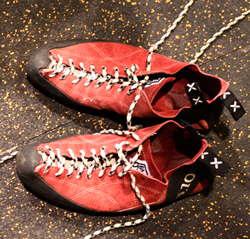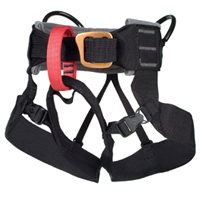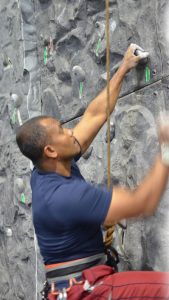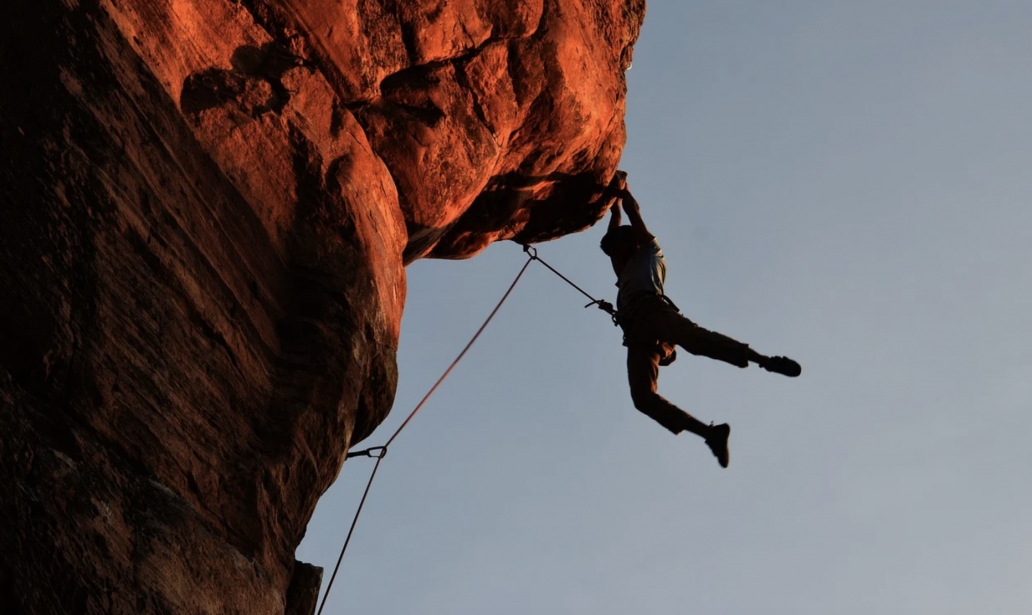Never went rock climbing before?
Marc Ramlal, Manager of Trini Rock Climbers and the President of the Trinidad and Tobago Rock Climbers Association, shares a few tips for the newcomers to the sport.
1. Train with a certified instructor

Rock climbing is not for the faint of heart.
Even though indoor is much safer than outdoor, you can still be injured indoor if you do not know what you are doing.
You need to learn the basics from a qualified and certified instructor.
It’s important to understand how to use the equipment — often people use the wrong equipment, or the right equipment in the wrong way, and this can lead to serious injury and even death.
2. Know your rocks
There are different types of climbing. “Top rope climbing” at an indoor facility, where you will not fall if you miss a step, but will descend on the rope and be able to keep your balance; is very different to “lead climbing” on a mountain where someone ahead of you places the anchor.
In the latter, if you fall past the anchor point, it is possible to rip other anchors out of the wall if it is not secured properly. This is most crucial in our local geography, where sedimentary rocks are most common and will be dangerous to use as anchor points.
However, there are some areas with granite and limestone along Trinidad’s North Coast that may be suitable.
3. Wear proper climbing shoes

Particularly for outdoor climbing, be wary of your footwear.
Your shoes should be tight-fitting so that you feel your toe at the tip of the shoe. You need to be able to stand on every toe — if there is a small lip of rock, having a shoe that is too large will cause you to lose your foothold. Similarly, don’t use “toe shoes”; these are not suitable for climbing.
Proper rock climbing shoes will pull all your toes together and give you leverage. If you intend to get serious about rock climbing, it would be a good idea to invest in shoes built specifically for that purpose (you may have to look abroad or on online websites).
4. Keep your fingers free
Don’t wear gloves — gloves can hinder your ability to grasp an anchor, or can slip off entirely. A good compromise is an open-finger glove, which protects part of your hand but leaves your fingers free. You can also tape your fingers, rather than wearing gloves. This will allow you to put your hand in small areas and make a wedge to hold you onto a rock.
5. Never lend your equipment

If you decide to go full force into the sport and purchase rock climbing equipment such as a harness or rope, it is never wise to lend it out.
When it is not in your sight, you are not aware of any slight damage that may unintentionally occur — for example, a sharp object can fall on a rope and cause a hairline crack not noticeable even to the trained eye, which may only show itself on a rock climbing expedition when you are in mid-air!
So, tell your friend: ‘I’m not being selfish — I’m being safe!’
6. Start with an easy climb
It may sound like common sense, but seriously: rock climbing is a sport you should ease yourself into. Don’t hop on board any event just because other more experienced climbers are doing it. For example, in Trinidad, Gasparillo (Centipede) Island and Paria are best suited for more advanced climbers.
7. Take care of your body
Before a hike, you should warm up and stretch. During a climb it is important to stay hydrated — water and energy drinks, but not soft drinks. Eat light during the climb — sandwiches, granola bars, and other light snacks — to avoid cramping.
8. Practice indoor first

It is always best to do an indoor climb first, just to get the feel of things. If you can’t manage on an indoor wall, it’s pretty much a safe bet that a real outdoor climb would be way above and beyond your skillset!
Even when you do master the indoor wall, you may still be a long way from tackling an outdoor climb. Nevertheless, it’s a good place to start if you have no experience whatsoever.
Two or three sessions of indoor rock climbing should be sufficient enough to equip you with all the necessary knowledge for your first outdoor climb — it’s just a matter of learning the techniques.
If you’re still struggling with indoor after a couple of sessions, keep at it until you can manage it better and are ready for the real thing.
9. The only good practice for climbing is more climbing!
The best training for climbing is climbing — you build muscle groups that you won’t be able to reach with other types of sport or exercise, such as the tiny muscles in your fingertips.
In training for climbing, it is best to ‘ghost’ the climb first: look at it and imagine each step. Everyone will not be able to take the same route — abilities and heights may differ, so when you are looking at the climb, ensure you factor in small differences between you and other climbers.
10. If you don’t want to fall — don’t give up!
Keep the focus — the only sure-fire way to fall is to mentally give up! You have to have that faith and persistence to keep your focus on survival and reach for the next step.

